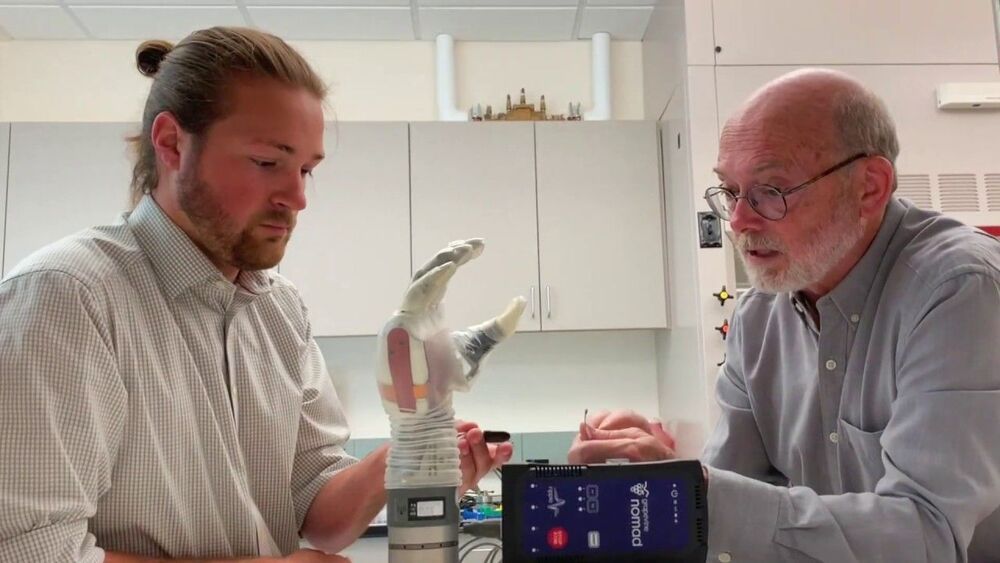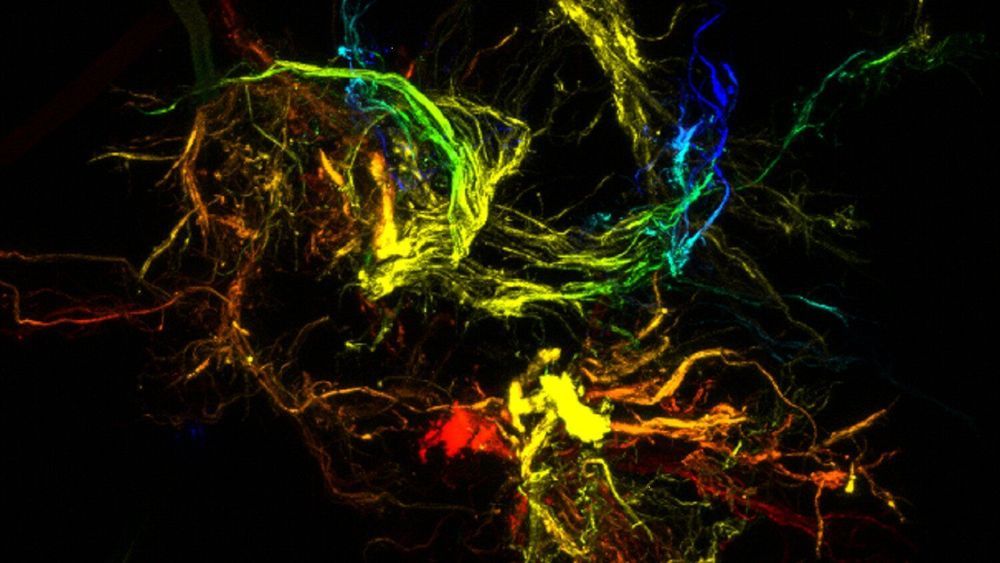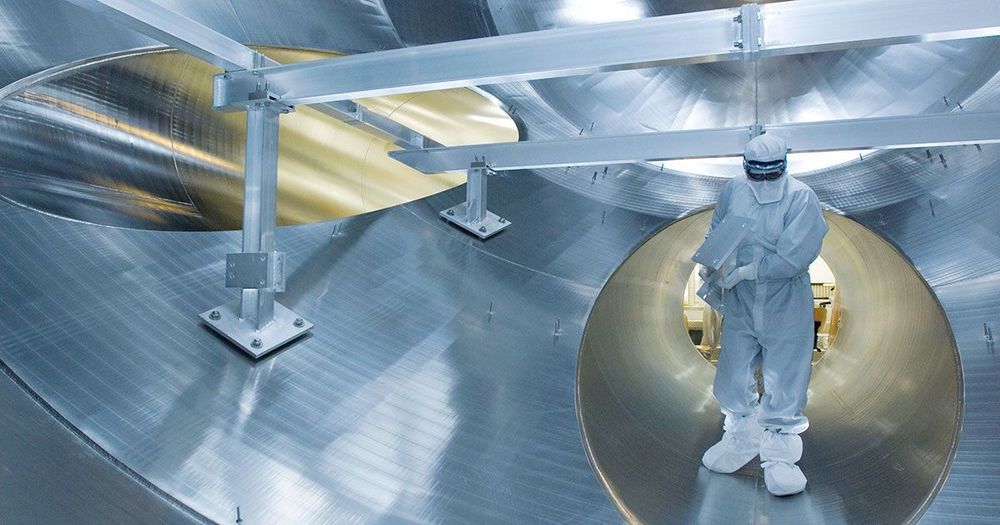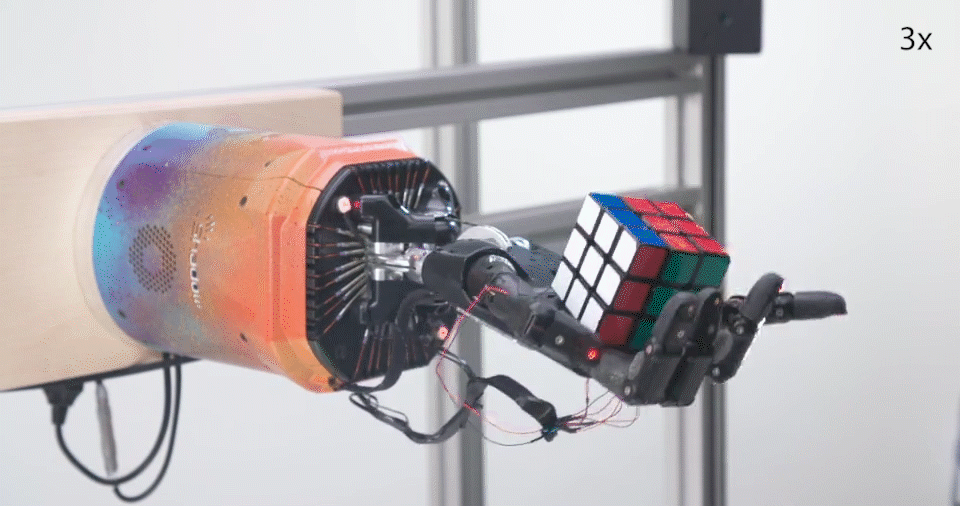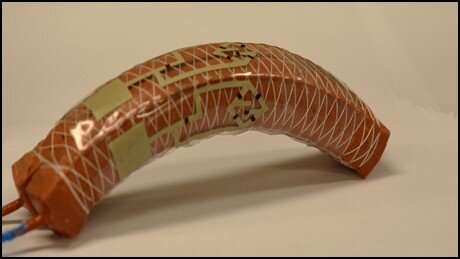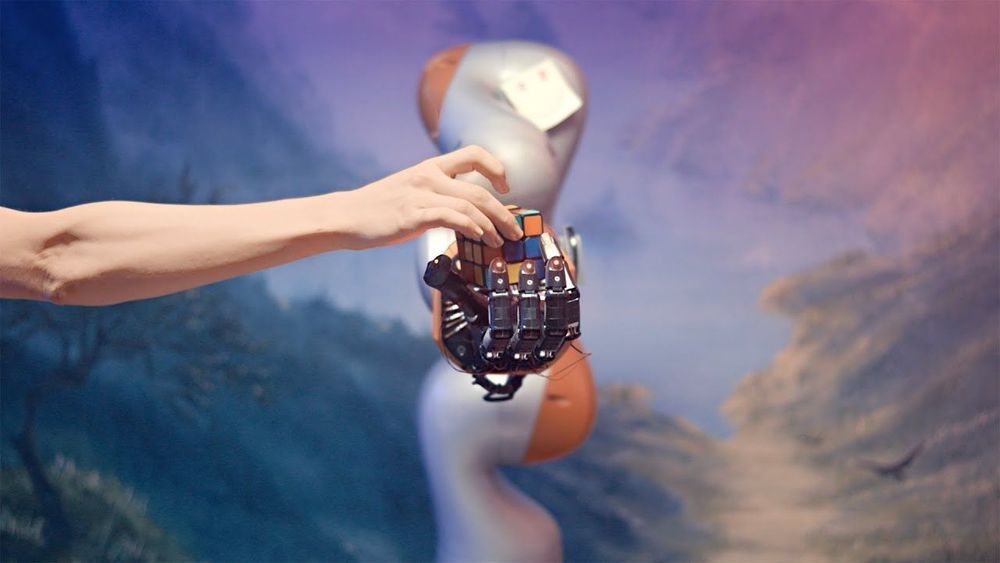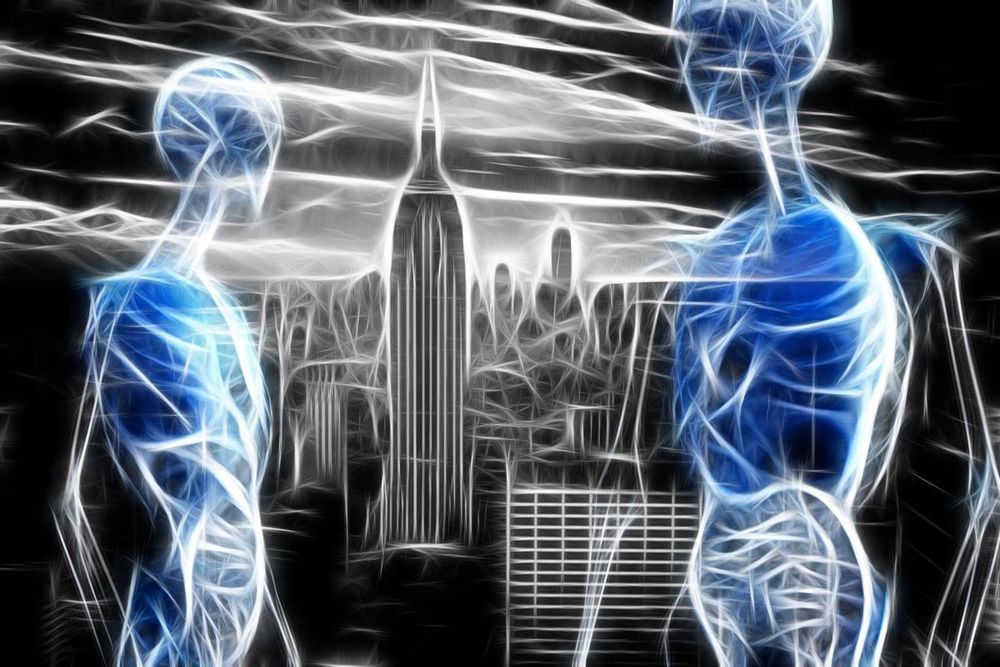Oct 15, 2019
Moving Beyond Mind-Controlled Limbs to Prosthetics That Can Actually ‘Feel’
Posted by Tanvir Ahmed in categories: biotech/medical, cyborgs, Elon Musk, engineering, robotics/AI
Brain-machine interface enthusiasts often gush about “closing the loop.” It’s for good reason. On the implant level, it means engineering smarter probes that only activate when they detect faulty electrical signals in brain circuits. Elon Musk’s Neuralink—among other players—are readily pursuing these bi-directional implants that both measure and zap the brain.
But to scientists laboring to restore functionality to paralyzed patients or amputees, “closing the loop” has broader connotations. Building smart mind-controlled robotic limbs isn’t enough; the next frontier is restoring sensation in offline body parts. To truly meld biology with machine, the robotic appendage has to “feel one” with the body.
Continue reading “Moving Beyond Mind-Controlled Limbs to Prosthetics That Can Actually ‘Feel’” »
